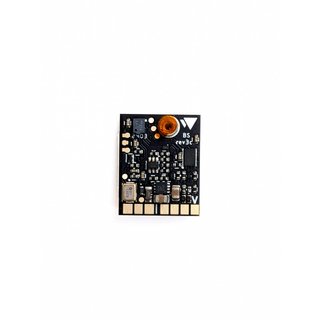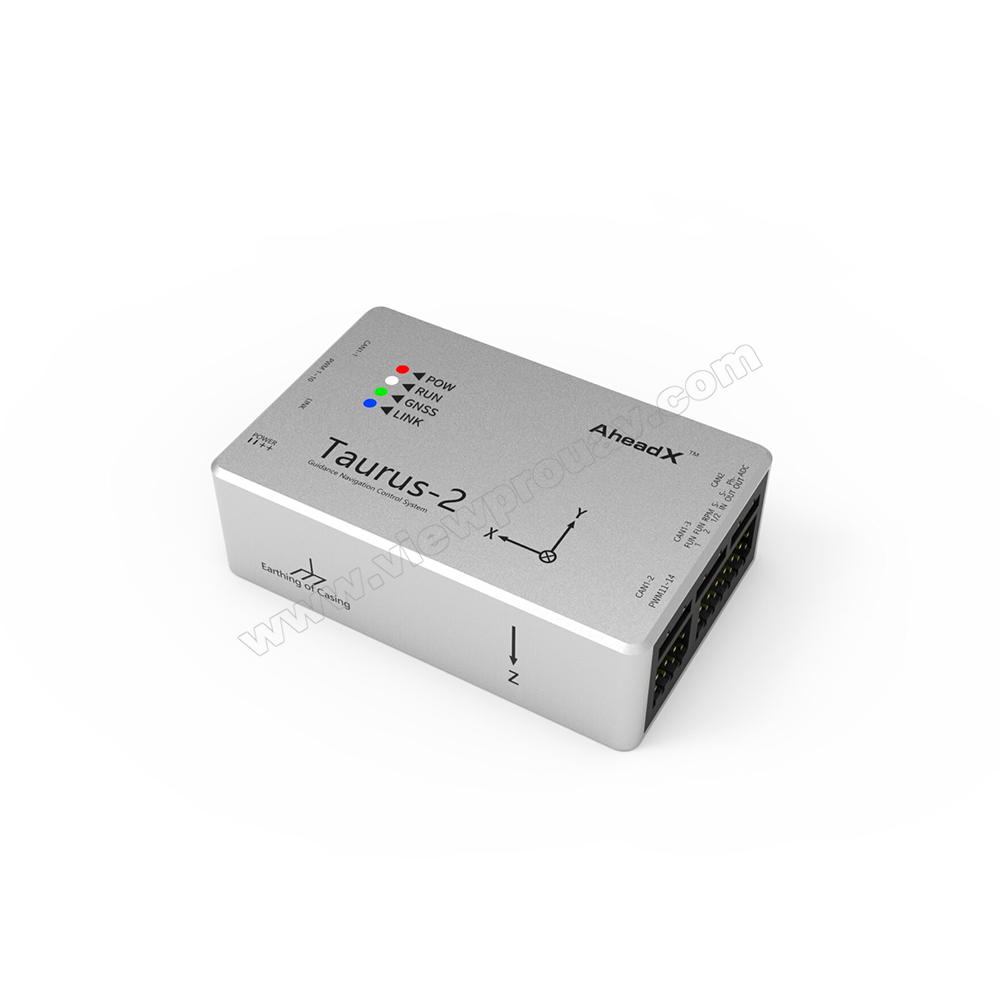Discovering the Function of Drone Trip Controllers in Enhancing Trip Security and Navigation Effectiveness
The advancement of drone modern technology has actually significantly increased the significance of flight controllers, which offer as the brain of these aerial cars. By integrating real-time data from a range of sensors, flight controllers boost trip security and navigating effectiveness, making sure that drones can operate smoothly also in intricate settings.

Comprehending Flight Controllers
Flight controllers are indispensable parts in the functioning of drones, working as the brains that handle and stabilize trip procedures. These innovative devices process information from numerous sensors, including accelerometers, gyroscopes, and GPS, to guarantee that the drone preserves its desired trip path. The trip controller translates this data and performs commands based on pre-defined algorithms, allowing the drone to react to ecological modifications, such as wind or obstacles.
The key feature of a trip controller is to keep stability throughout flight. It accomplishes this by making real-time adjustments to the drone's motors and control surfaces, making sure balance and control. In addition, contemporary flight controllers include innovative functions such as waypoint navigating, enabling for automated flight paths and boosted operational efficiency.
Recognizing the architecture of trip controllers is critical for both professionals and enthusiasts. They generally include a microcontroller, firmware, and different user interfaces for sensor input and interaction. As modern technology advancements, trip controllers have actually become a lot more small and qualified, integrating expert system to adjust and improve decision-making procedures to complex trip situations. This evolution symbolizes a critical growth in the drone market, leading the way for more innovative applications and safer procedures.
Trick Elements of Trip Security
Accomplishing ideal flight stability in drones relies upon numerous vital elements that work in concert to ensure smooth and controlled procedures. Central to this stability is the flight controller itself, which refines information from various sensors to preserve the preferred trip perspective. This consists of accelerometers and gyroscopes that determine movement and positioning, permitting real-time changes to the drone's setting.
One more crucial component is the digital speed controllers (ESCs), which manage the power provided to the motors. By finely adjusting electric motor speeds in response to flight controller commands, ESCs help preserve equilibrium and combat disturbances triggered by wind or abrupt movements.
Additionally, the style of the drone's frame plays a crucial function in trip stability. A well-structured frame reduces vibrations and enhances the total aerodynamic account, contributing to smoother trip features. The combination of sophisticated algorithms within the flight controller help in predictive changes, guaranteeing a receptive and adaptable flight experience.
With each other, these elements create a cohesive system that boosts a drone's security, permitting precise handling and enhanced performance in different trip conditions.
Navigating Effectiveness Strategies
Performance in navigation is essential for enhancing drone procedures, specifically in complex settings. Reliable navigation methods boost the ability of drones to pass through challenging surfaces and avoid barriers, thus boosting functional efficiency and safety.
One famous technique is the implementation of sophisticated general practitioners and inertial dimension systems (IMUs) that give accurate location tracking and alignment data. These modern technologies allow drones to determine optimum flight courses in real-time, considering different elements such as wind conditions and potential barriers.
One more strategy involves making use of algorithms for course preparation and optimization. Algorithms such as A * and Dijkstra's formula can be released to identify one of the most reliable course while lessening power consumption and trip time. In addition, integrating artificial intelligence versions can enable drones to adaptively learn from their atmospheres, enhancing navigating capacities through experience.

Effect On Autonomous Drones
The integration of sophisticated navigation methods has actually greatly changed the capabilities of independent drones, allowing them to run with better freedom and accuracy. SparkNavi drone flight controller and GNSS/INS made in taiwan. These improvements are mostly credited to advanced flight controllers that use real-time data processing and sensing unit combination, allowing drones to browse intricate atmospheres seamlessly
The influence on self-governing drones extends beyond simple navigation; it incorporates enhanced obstacle avoidance, enhanced security throughout vibrant conditions, and enhanced mission reliability. By leveraging formulas that integrate artificial intelligence and expert system, drones can adapt to changing conditions, making educated decisions that maximize their flight courses while minimizing threats.
In addition, the application of robust trip controllers has actually helped with the implementation of intricate tasks, such as aerial evaluations, delivery solutions, and agricultural surveillance, with very little human intervention. This capacity not just improves procedures but likewise reduces human error, therefore improving general safety.
Consequently, the operational extent of autonomous drones has actually expanded significantly, making them important devices in different sectors. Their capability to execute effectively in varied situations emphasizes the vital role that advanced trip controllers play fit the future of unmanned airborne systems.
Future Patterns in Flight Control
Often, innovations in trip control find more information modern technology are poised to redefine the landscape of drone operations in the coming years. Arising fads indicate a substantial change towards improved expert system (AI) combination, making it possible for flight controllers to process real-time information more effectively. This advancement will help with enhanced decision-making capacities, allowing drones to adapt to vibrant ecological conditions autonomously.
Furthermore, the application of equipment discovering formulas is expected to enhance predictive maintenance, thereby minimizing downtime and prolonging the lifecycle of drone parts. This proactive approach to maintenance will be vital as drone applications broaden throughout numerous sectors, from farming to logistics.

.jpg)
Last but not least, advancements in secure communication protocols will resolve safety and security and governing concerns, ensuring that drones can run flawlessly in stuffed airspaces (SparkNavi drone flight controller and GNSS/INS made in taiwan). Jointly, these fads aim in the check my site direction of a future where flight control systems are not just smarter and extra also qualified yet effective of operating safely in a significantly incorporated airspace
Verdict
Finally, drone trip controllers are indispensable to enhancing flight security and navigating efficiency through the advanced handling of sensing unit information. By keeping optimum flight attitudes and utilizing sophisticated formulas for course optimization and barrier avoidance, these controllers substantially add to the freedom and operational security of drones. As modern technology remains to advance, even more improvements in trip control systems are prepared for, guaranteeing enhanced efficiency and moved here expanded capabilities in the world of unmanned airborne automobiles.
By incorporating real-time information from a range of sensors, flight controllers enhance flight security and navigation efficiency, ensuring that drones can run smoothly even in complicated atmospheres.Flight controllers are integral parts in the performance of drones, offering as the minds that handle and support trip procedures. Furthermore, contemporary trip controllers integrate sophisticated features such as waypoint navigation, permitting for automated trip courses and improved operational performance.
Central to this security is the flight controller itself, which processes data from numerous sensing units to keep the desired flight perspective.In conclusion, drone trip controllers are essential to enhancing trip security and navigation efficiency via the advanced processing of sensing unit information.